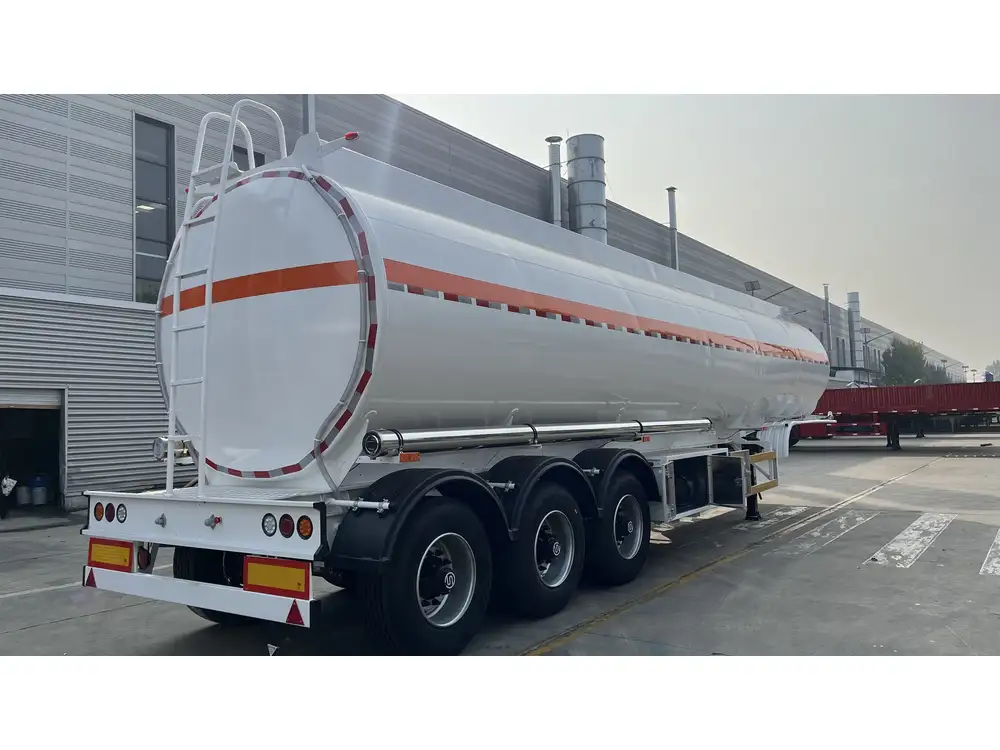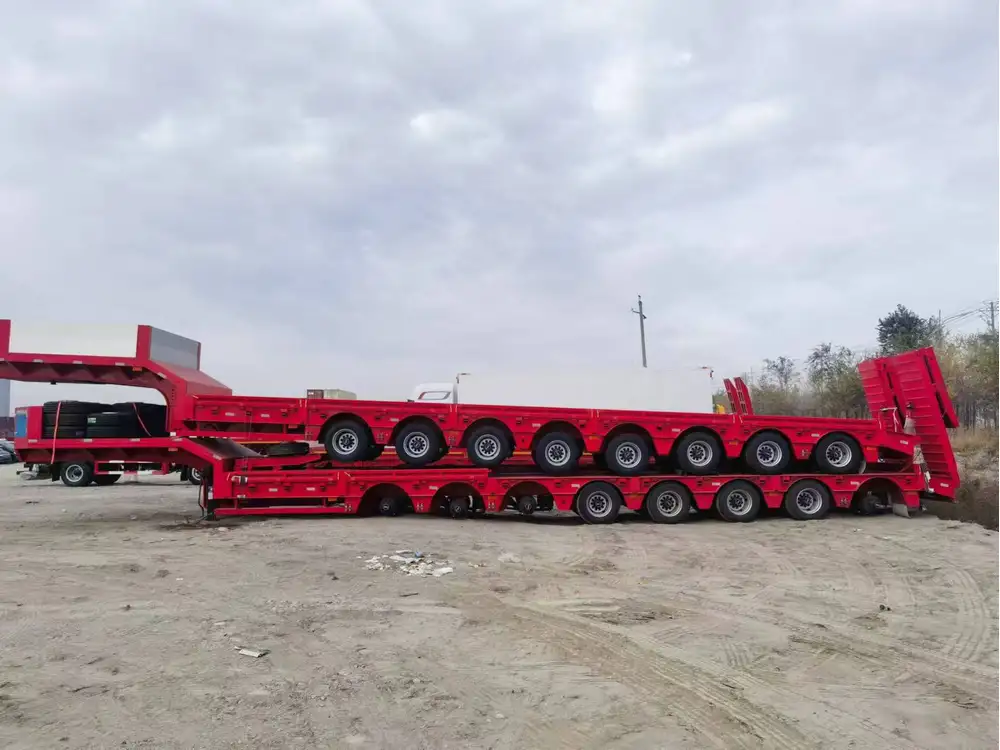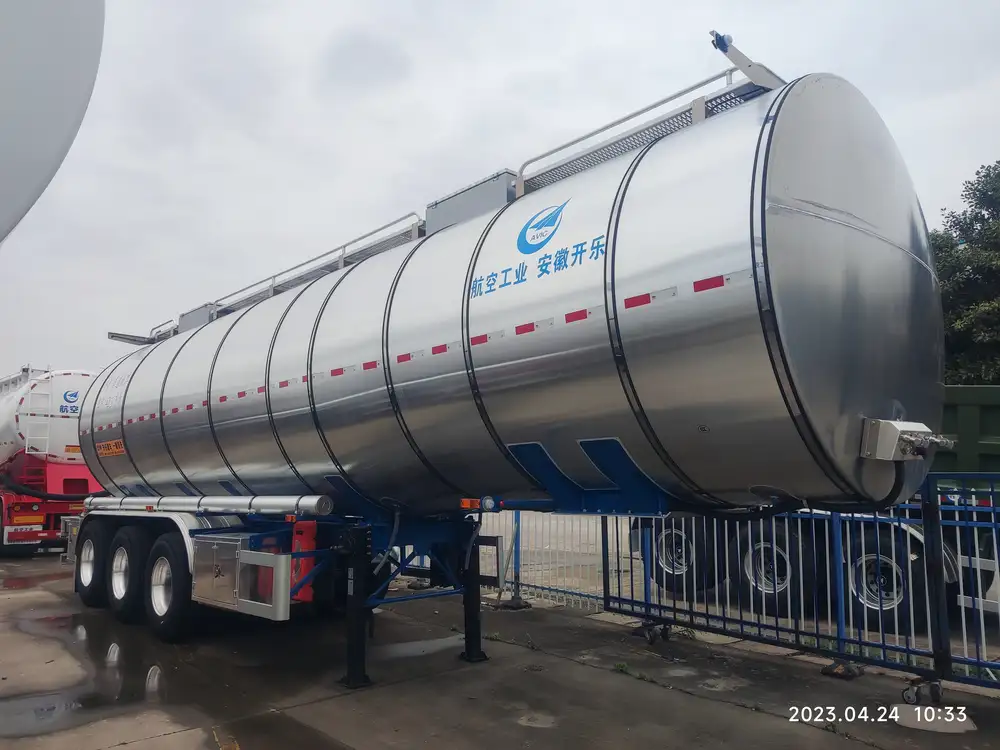In the agricultural sector, the efficiency of transporting commodities such as corn is paramount. A common question that arises among farmers, trucking companies, and logistics personnel is, “How many bushels of corn fit in a semi-trailer?” This inquiry doesn’t just touch on the capacity of the trailer; it encompasses an understanding of dimensions, weight regulations, and optimal hauling practices. Here, we provide a comprehensive examination of this critical matter, detailing the necessary conversions, storage techniques, and related considerations.
The Basics of Semi-Trailer Capacities
Dimensions of a Standard Semi-Trailer
Standard semi-trailers used for agricultural transport come in various sizes, but the most prevalent ones are typically 53 feet long, 8.5 feet wide, and about 13.5 feet tall. It’s essential to understand the space available for loading corn, as these dimensions drastically influence the total capacity in bushels.

Table 1: Standard Semi-Trailer Dimensions
| Measurement | Value |
|---|---|
| Length | 53 feet |
| Width | 8.5 feet |
| Height | 13.5 feet |
Cubic Capacity Calculation
Firstly, we convert these dimensions into cubic feet to ascertain the volumetric capacity. The formula for volume is given by:
[ \text{Volume} = \text{Length} \times \text{Width} \times \text{Height} ]Substituting the dimensions:
[ \text{Volume} = 53 \, \text{ft} \times 8.5 \, \text{ft} \times 13.5 \, \text{ft} = 6,144.75 \, \text{cubic feet} ]Conversion to Bushels
One bushel of corn occupies a volume equal to approximately 1.25 cubic feet. Thus, to determine how many bushels fit into a semi-trailer, we utilize the following calculation:
[ \text{Bushels} = \frac{\text{Volume (cubic feet)}}{\text{Volume per bushel (cubic feet)}} ]Substituting the calculated values:
[ \text{Bushels} = \frac{6,144.75\, \text{cubic feet}}{1.25 \, \text{cubic feet/bushel}} \approx 4,915.8 \, \text{bushels} ]Hence, a standard 53-foot semi-trailer can transport approximately 4,916 bushels of corn, assuming it is optimally loaded and fully utilized.

Factors Impacting Cargo Capacity
While the theoretical capacity provides a numerical answer, real-world circumstances often dictate variations. Let’s evaluate the critical factors that could affect the total number of bushels transported.
1. Weight Limitations
Each state has specific weight restrictions for commercial vehicles, including semi-trailers. The federal maximum gross vehicle weight (GVW) permitted is typically 80,000 pounds. Corn weighs roughly 56 pounds per bushel. Therefore, the maximum capacity in weight can be calculated as follows:
[ \text{Maximum Bushels by Weight} = \frac{\text{Maximum GVW}}{\text{Weight per Bushel}} = \frac{80,000 \, \text{lbs}}{56 \, \text{lbs/bushel}} \approx 1,428.57 \, \text{bushels} ]Consequently, when adhering to weight limits, the semi-trailer could carry approximately 1,429 bushels of corn, restrained by the strict regulations concerning vehicle weight on public highways.
2. Load Distribution
Proper load distribution is critical for safe transportation. Overloading the rear of the trailer could lead to undue stress on the axle, thereby increasing the risk of accidents. A balanced load not only complies with regulations but also enhances stability during transit.

3. Trailer Design
Different semi-trailer designs contribute to variations in usable space:
- Flatbeds: Favor wide, flat cargo, enabling ease of loading but offering less protection from the elements.
- Tippers: Suited for unloadable commodities, providing the ability to discharge loads without additional equipment.
- Enclosed Trailers: Proffer enhanced protection from environmental factors, albeit with restricted height.
Practical Transportation Tips
Optimizing Trailer Load
Establish a Loading Plan: Ensuring that loading maximizes space while preserving balanced weight distribution is vital. Preemptive planning can minimize the risk of damage during transportation.
Use Palletizing Techniques: When applicable, employing pallets can standardize loads and simplify loading/unloading processes.
Monitor Weather Conditions: Since corn is susceptible to moisture, transporting in dry conditions or employing moisture-proof coverings during rain is essential.

Legality and Compliance
Stay abreast of regional and interstate trucking regulations, ensuring full compliance with both weight and size limitations, as failing to do so could result in hefty fines and safety hazards.
The Bigger Picture: From Farm to Market
Understanding the capacity of semi-trailers is just one piece of a much larger puzzle in agricultural logistics. Factors such as market demand, pricing, and transportation routes play equally critical roles.
Economic Considerations in Corn Transport
- Market Fluctuations: Corn pricing is influenced by supply and demand dynamics, seasonal harvests, and international markets.
- Fuel Costs Efficiency: Increasing fuel costs can dramatically affect profit margins. Finding optimized routes and minimizing fuel consumption should be a constant consideration.
- Logistics Partnerships: Building relationships with freight companies can expedite shipping processes and ensure reliability in supply chain management.

Alternative Transportation Methods
While semi-trailers are a primary method for transporting corn, various alternatives may benefit different scenarios:
- Rail Transport: More suitable for long distances with bulk shipments, where capacity can significantly exceed that of trucks.
- Barge Transport: Ideal for regions near waterways, enhancing cost efficiency and lowering road congestion.
Future Trends in Agricultural Transportation
Advancements in technology will continually reshape agricultural logistics. The rise of GPS tracking, automated logistics operations, and data analysis will enhance efficiency. Additionally, ongoing discussions surrounding sustainability and eco-friendly logistics will drastically alter freight transportation dynamics.
Conclusion
Determining how many bushels of corn fit in a semi-trailer involves several interlinked factors, from basic calculations based on dimensions to the complex realities of weight restrictions and transport logistics. A standard semi-trailer can carry close to 4,916 bushels when traveling within optimal volume constraints, yet this number decreases significantly when accounting for weight limits, which often restricts loads to approximately 1,429 bushels based solely on federal weight guidelines.
To maximize efficiency, truck operators, farmers, and logistics companies must implement strategic planning and strict adherence to regulations while being aware of the fluctuations in market conditions and transportation costs. By doing so, stakeholders can ensure they are making the most out of every load, leading to better profitability and sustainability in the agricultural supply chain.



